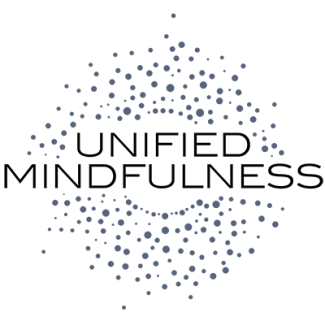Self-Awareness, Self-Regulation, and Self-Transcendence: How Mindfulness-based Practices Transform the Brain
Live Online Webinar by David Vago
A 4-Hour Live Webinar – Provides 4 CE Credits
Program Description: Mindfulness is rapidly being integrated into current psychological treatment protocols as a method of systematic training to stabilize attention, improve self-awareness, and reduce perseverative forms of emotional reactivity; however, clinical protocols remain diverse in their implementation and neurobiological mechanisms by which mindfulness functions in select populations are currently unclear.
This presentation will contextualize mindfulness across clinical and scientific contexts. The psychological and cognitive processes as well as the underlying neurobiology supporting existing mindfulness-based meditation practices will be examined in detail for both novice and expert practitioners. A systems-based model of mindfulness will be presented describing a core set of skill-based meditative practices that function to improve self-awareness, self-regulation, and self-transcendence. Findings from the extant literature will be integrated into this model so that participants will better understand how self-processing and the brain networks supporting aspects of the Self are transformed through mindfulness-based practices. Connections between Dr. Vago’s research and the Unified Mindfulness System of meditation will be discussed. Finally, suggestions will be made for incorporating mindfulness-based practices into a model of clinical care for both caregivers and patients across clinical contexts. This intermediate program provides mental health providers with an understanding of the underlying neurobiological mechanisms involved in mindfulness practice, providing a conceptual framework for utilizing different mindfulness- based practices in select populations.
Date: Saturday, July 14, 2018
Time: 2 PM – 6 PM EDT (11 AM – 3 PM PDT)
Course Outline:
- What is mindfulness? How is it studied?
- Research evidence for mindfulness – it’s promises and limitations.
- The psychological, cognitive and neurobiological processes related to mindfulness.
- The S-ART model of mindfulness.
- Incorporating S-ART across clinical contexts.
Learning Objectives:
- Define mindfulness and describe its use across clinical contexts.
- Describe mindfulness as a method for improving self-awareness, self-regulation, and self-transcendence (S-ART).
- Summarize the psychological and cognitive processes as well as the underlying neurobiological mechanisms that support models of core mindfulness-based meditation practices.
- Explain how to apply mindfulness to the care of patients and to providers.
- Describe the relationship between S-ART and the development of concentration, sensory clarity, and equanimity.
About the Instructor:
David Vago is the research director of the Osher Center for Integrative Medicine and director of the Contemplative Neuroscience and Integrative Medicine (CNIM) Laboratory at Vanderbilt University Medical Center. He is an associate professor in the department of Physical Medicine and Rehabilitation and department of Psychiatry. He is also a research associate in the Functional Neuroimaging Laboratory (FNL), Brigham and Women’s Hospital (BWH), Harvard Medical School.
He has completed post-doctoral fellowships in neuroimaging and mind-body medicine, as well as the Stuart T. Hauser Research Training Program in Biological & Social Psychiatry. David has previously held the position of Senior Research Coordinator for the Mind & Life Institute and is currently a Mind and Life Fellow, supporting the Mind and Life mission by advising on strategy and programs.
Disclosure: Dr. Vago maintains a financial relationship with this course provided by Unified Mindfulness who charges a nominal fee for its APA-approved CE credits. There may be other courses similar to the one led by Dr. Vago and no information is provided here about similar products or services.

